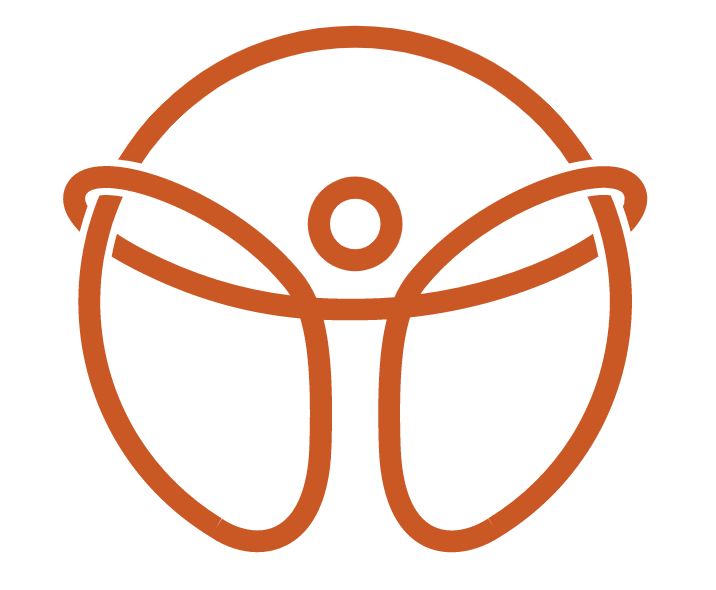Should you bend forward or backward when your back hurts?
Common Causes of Back Pain
Back pain isn’t always from a serious injury. It often comes from how your spine moves during daily life. Key patterns include:
- Pain when sitting, bending forward, cycling, or driving: Often linked to prolonged flexion or slouched posture.
- Pain when standing, walking, or running: Usually related to extension or load-bearing positions.
- Directional preference: Many cases respond better to specific movements — your spine may feel better moving one way and worse moving another.
Every case is unique, which is why understanding how your spine likes to move is the first step to recovery.
Relief | What do to do?
The goal is to calm irritated tissues and move more comfortably, without avoiding all motion.
Symptom-Relief Movements:
- If pain worsens when sitting or bending forward: Try gentle back extensions or standing backbends.
- If pain worsens when standing or walking: Try slow forward bends or hip-hinge movements.
- Combine movements as needed: Some cases require both forward and backward motions to relieve discomfort.
Mobility & Strength Exercises:
- Back Extensions: Lie on your stomach or stand and gently arch your back. 2–3 sets of 8–12 reps.
- Forward Bends / Hip Hinge: Slowly fold forward from the hips with knees slightly bent. Hold 5–10 seconds, repeat 8–12 reps.
- Rotation & Side-Bends: Seated or standing trunk rotations, side bends with arms overhead, or combined movements as tolerated.
Daily Integration:
- Use your preferred direction multiple times per day to calm pain.
- Start small and gradually increase range.
- Include mobility and light strength exercises before daily tasks, lifting, or exercise.
Progression Example:
- Gentle bodyweight squats → hinge/lift drills → light lifting
- Short walks → brisk walks → jogging (if tolerated)
- Forward and backward bending as guided
The Bottom Line
Back pain doesn’t have to mean stopping movement. Most cases improve when you move in the directions that feel good, gradually build mobility and strength, and respect your body’s limits.
Your spine is unique, so your plan should be too. At MVMT STL, we can help you find your directional preference, create a personalized movement plan, and safely get you moving again — forward, backward, and every direction in between.

